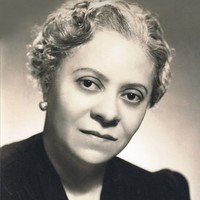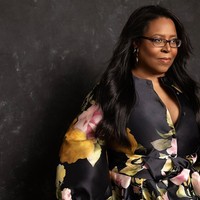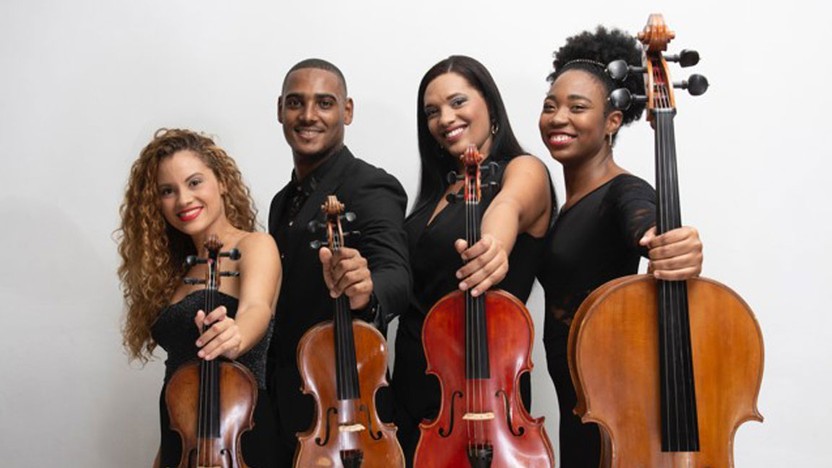Details

Jorge Amado
La danza de los fugitivos (9 min)
La danza de los fugitivos (Dance of the fugitives) is a title that pays homage to the marronage of the Cuban colonial period. Most of them were uprooted from Africa, a continent to which Cuban culture owes its great rhythmic richness and danceable music. For that reason I attach importance to percussion on the bodies of the instruments.
The preparation process to perform the beginning already makes an allegory of the maroons preparing their escape plan. It is like a toccata for string quartet where anxiety, agitation, as well as hope of fulfilling their dreams of achieving freedom are reflected.
La danza de los fugitivos es un título que rinde homenaje al cimarronaje del período colonial cubano. Gran parte de ellos fueron desarraigados de África, continente que la cultura cubana le debe la gran riqueza rítmica y músicas bailables. Es por ello que le concedo importancia a la percusión sobre los cuerpos de los instrumentos.
El proceso de preparación para ejecutar el comienzo ya hace alegoría a los cimarrones preparando su plan de escape. Es como una toccata para cuarteto de cuerdas donde refleja la ansiedad, la agitación, así también como la esperanza de cumplir sus sueños por conseguir la libertad.
Jorge Amado ©2024

Florence Price
Five Folksongs in Counterpoint for String Quartet (19 min)
No. 1 is based upon the Negro spiritual “Calvary.” (Southern USA)
No. 2 is based upon “Clementine,” a ballad which became a favorite during the Reconciliation period. It was popular in San Franciso, California near the end of the 19th century and is often sung now-a-days by college and community groups.
No. 3 “Drink To Me Only With Thine Eyes” was sung by settlers on the Eastern coast of America before the days of the American Revolution…the words of which were written by Ben Johnson in 1616 and sung to a tune of unknown origin as early as 1770, included in this group is now regarded as a folk song, and is authoritatively included in published volumes of folk songs.
No. 4 Several folk songs
No. 5 “Swing Low Sweet Chariot.” Well-known and one of the best-loved of American Negro folk tunes.
Florence Price ©1951

Valerie Coleman
Afro-Cuban Concerto (15 min)
Cassie Pilgrim, oboe
Sang Yoon Kim, clarinet
Andrew Brady, bassoon
James Ferree, horn
Afro-Cuban Concerto is a work that focuses on Afro-Cuban rhythms, the feel of Santeria worship, and the virtuosity of wind instruments (Santeria worship has its origins in the Caribbean and is based on the Bantu and Yoruba beliefs of Western Africa combined with elements of Roman Catholicism). Often mistaken for a 'neo-classic' work due to its harmonic structure, the essence within the Concerto is purely African and Cuban. All African-derived music has a basic structure from which all music from every genre (including classical) has benefitted. It is the feel of spirituality, passion, and rhythmic precisions that brings the essence of Afro-Cuban music to life in this piece.
As with virtually all of the composer's works, performers are encouraged to improvise when they have solos (within the Afro-Cuban vernacular for this work) and embellish when the mood hits.
For the first movement, Afro, the introduction represents the collective voice of worshippers within the Santeria religion. The introduction (played by the oboe and horn) is a call to worship, followed by the traditional 6/8 clave (meaning "key", it is the fundamental set of rhythms in Afro-Cuban music). The clave is the root of this movement and continues throughout the entire piece. At different times, each member within the ensemble takes a short solo that demonstrates a sense of improvisation over the constant clave.
The Vocalise begins as a prayer with the bassoon and horn blending a unison melody into a unique and soothing color. The habanera is marked through a little three-note motif that sustains the entire movement. The horn melody at the end of the work is a soaring melody that turns the prayer into a hot summer day in havana.
A powerful and brief tutti begins the Danza, with the flute solo promising a percussive and wild feeling throughout the piece. We hear the rhumba in its many variations under improvised sounding solos that give each wind instrument a chance to really cut loose, especially the bassoon. The last movement presents the biggest challenge for wind quintet, due to the quickness of the rhumba, and its demand for stability within layers upon layers of percussive rhythms. When stability is achieved, the repetitive rhythm takes on a life of its own, creating a sassy dance.
Valerie Coleman ©2001

Samuel Coleridge-Taylor
Nonet (26 min)
Sang Yoon Kim, clarinet
Andrew Brady, bassoon
Matthew Wilson, horn
Eunae Koh, violin
Maiya Papach, viola
Julie Albers, cello
Zachary Cohen, bass
Timothy Lovelace, piano
Samuel Coleridge-Taylor received the last part of his name from his father, who had returned home to Sierra Leone (the British colony in Africa originally established as a refuge for those who’d been freed from or escaped enslavement) without learning that a white British woman was pregnant with his son. Samuel’s mother gifted her son with an auspicious name modeled after the English poet Samuel Taylor Coleridge, and the boy’s grandfather passed on an even greater gift by introducing Samuel to his own instrument, the violin.
Coleridge-Taylor went on to enroll at London’s Royal Academy of Music at the age of 15 as a violinist, and three years later he began composition lessons as well. But even then he was already a published composer, and the Nonet he wrote in 1893, during his first year of formal composition study, shows how far he had already come in absorbing the styles of his heroes, Johannes Brahms and Antonín Dvořák. It was only in later years that Coleridge-Taylor channeled African and African American themes into works that proved hugely influential for future generations of American composers, a project that was still gathering steam when he died of pneumonia at the age of 37.
Coleridge-Taylor showed quite a bit of originality in his Opus 2 by assembling a non-standard nonet of oboe, clarinet, bassoon, horn, violin, viola, cello, bass and piano. Mixed ensembles of strings and winds had been popular since the time of Wolfgang Amadeus Mozart and Ludwig van Beethoven, and there was ample chamber music from the past century combining piano with strings or winds, but this particular configuration of winds, strings and piano added a new level of sonic complexity that the young composer handled with aplomb. The musical materials could easily be mistaken for the themes and harmonies of Brahms or Dvořák, which is quite admirable for the work of a British teenager, and the four attractive movements make a strong case for the enormous talent that allowed Coleridge-Taylor to become a trendsetter and role model.
Aaron Grad ©2022
About This Program
Join us for a concert inspired by music rooted in and born from African rhythm and dance. No matter the continent or time period, the works on this program speak to the idea of interconnection, with music stemming from the same sounds and traditions. Afro-Cuban Concerto, a work by the SPCO’s newest Sandbox Composer-in-Residence Valerie Coleman, lies at the heart of a program featuring four works that span across centuries and continents.
SPECIAL EVENTS
Pre-concert music by the Havana Quartet in the Capri lobby
Friday, May 3, 6:00pm
Capri Theater, North Minneapolis
Meet-and-Greet with composer Jorge Amado
Friday, May 3, during intermission
Capri Theater, North Minneapolis
Please join us in the Capri lobby at 6:00pm for a special pre-concert performance by the Havana Quartet. This exciting young string quartet of CAYO alumni will present a program of Cuban and classical favorites in collaboration with the Cuban American Youth Orchestra, or CAYO (cah-yo), a local non-profit that connects the people of the US and Cuba through music. During intermission, composer Jorge Amado will be available for a meet-and-greet.


